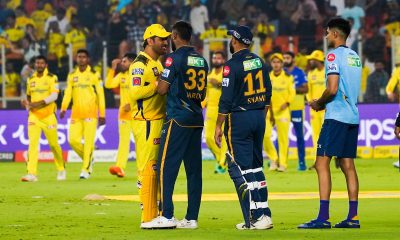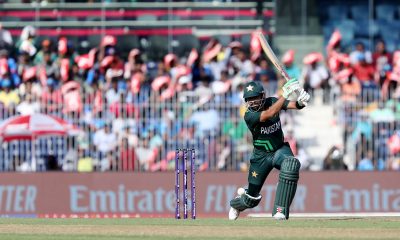The game of cricket finds itself in an unusual position among the most popular sports in the world.
Cricket is the only sport played internationally across three distinct formats. While other sports have multiple formats, they are usually played by specialists. For instance, Neymar doesn’t play a full international on a Wednesday and jump into a futsal match on the weekend.
Photo Copyright – Steve Haag Sports Hollywoodbets
The reason cricketers can cross formats so much is that the basics of the game are still pretty much the same. Also, in many places the sport isn’t financially viable enough to support large numbers of professionals.
Players do, at various points in their career opt not to play certain formats, sometimes choosing to only play Test cricket while others opt for white-ball stuff. A growing number of players make a tidy living out of T20 cricket, almost all of them, however, have come through conventional channels and have played multiple formats.
Cricket lovers and pundits alike have noted how the formats are diverging, particularly the Test game and the shortest format. Purists are concerned that the popularity of T20s might be adversely effecting the skills players need to succeed at Test level.
They may have a case for this as in recent times scores in Test cricket have been lower and time spent at the crease has, on average, decreased in the last five years. Forgive the root maths please but those numbers look even worse if just two men are removed from them. Virat Kohli and Steve Smith stand head and shoulders above the rest when it comes to Test batting. Both men are possessed of a singular focus and determination and a great Test skill set.
T20 cricket has also had an impact on the way ODI cricket is played, arguably improving the format as a spectacle.
However, ODI cricket has a problem. It is not distinct enough from the T20 format anymore.
The fifty-over game, like many a man advancing in years, has a problem with its mid-section. The opening and closing ten overs of an ODI innings are played in conditions similar to T20s. At the start the batsmen look to go hard to establish a good platform, then at the death the slog is on. For bowlers, those ten over periods are also similar to the T20 game, they will use variations and upfront will try to get the ball to swing. The middle overs can be a real drag though.
ODI matches go into a noticeable lull from overs 11-40. From a tactical point of view, this period is when the bowling side wants to take wickets to prevent the late onslaught but to the casual viewer that tactical nuance offers little entertainment. Often those wickets aren’t forthcoming and a spread field sees batsmen nudging and nurdling for close to two hours.
The middle of an ODI innings is devoid of the crunching shots of a T20 and also doesn’t build tension like a session of Test cricket. It is this that makes ODI cricket the game’s most problematic format.
ODI cricket had been the most played format, in terms of matches, until the ICC extended T20I status to all recognized cricket boards but won’t be able to hold pride of place for long.
Cricket can probably keep the ODI format afloat by the collective will but something needs to be done about those middle overs.
Written by James Richardson for Hollywoodbets.
























